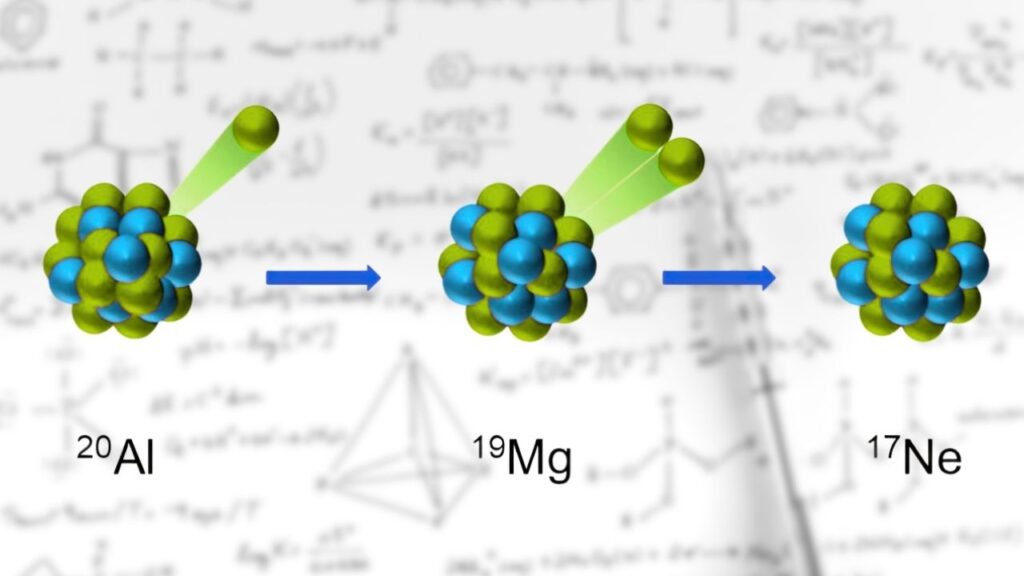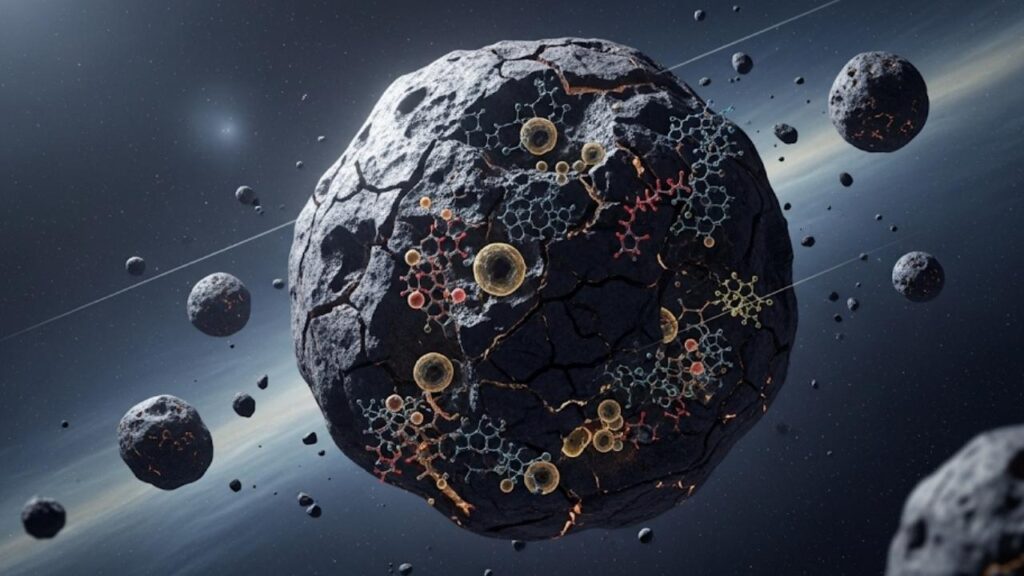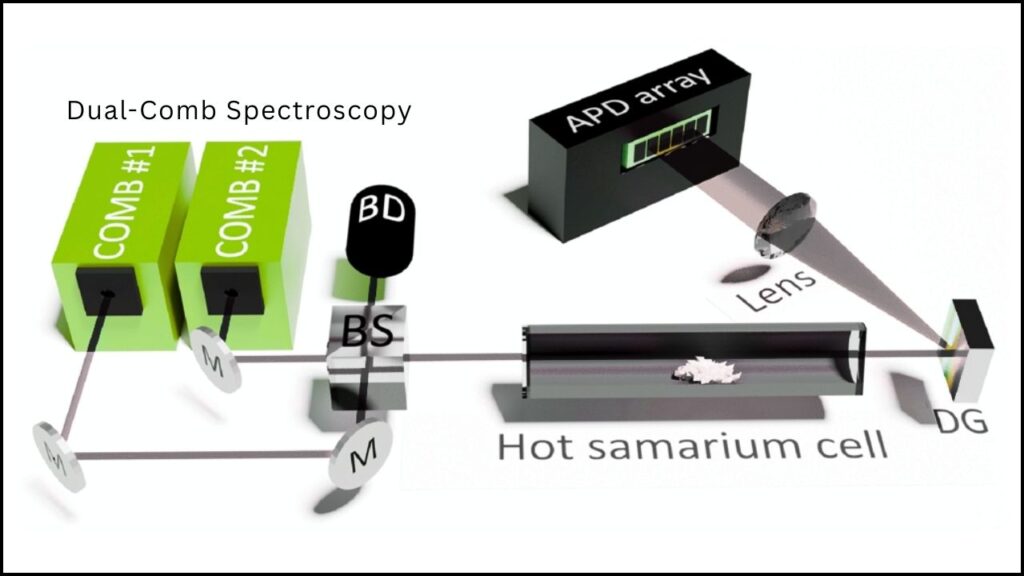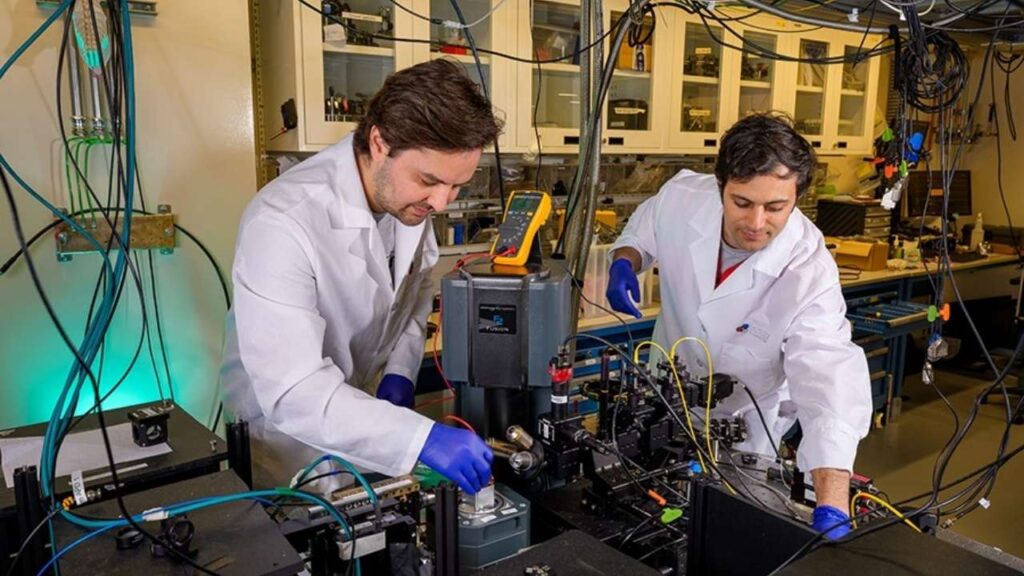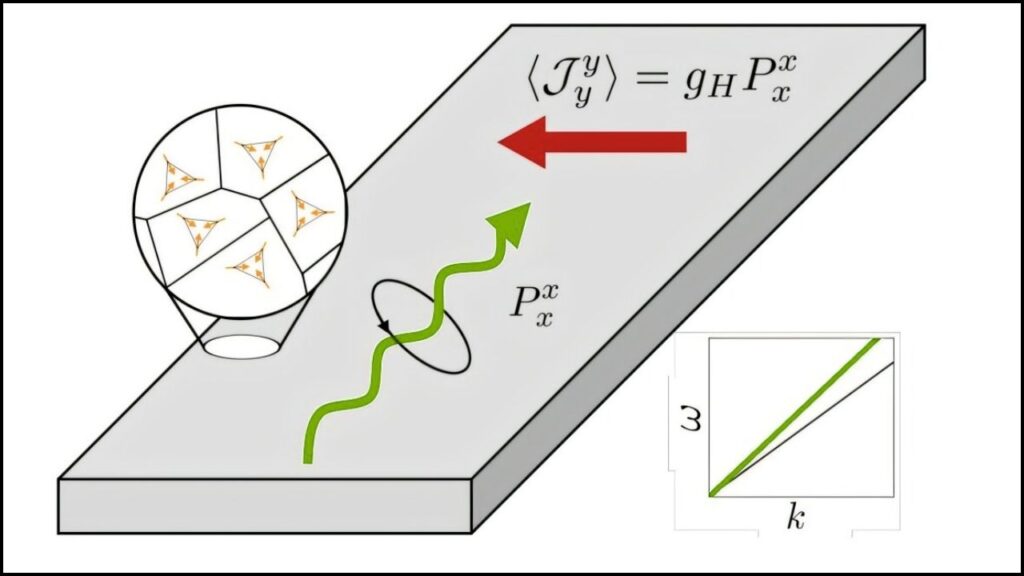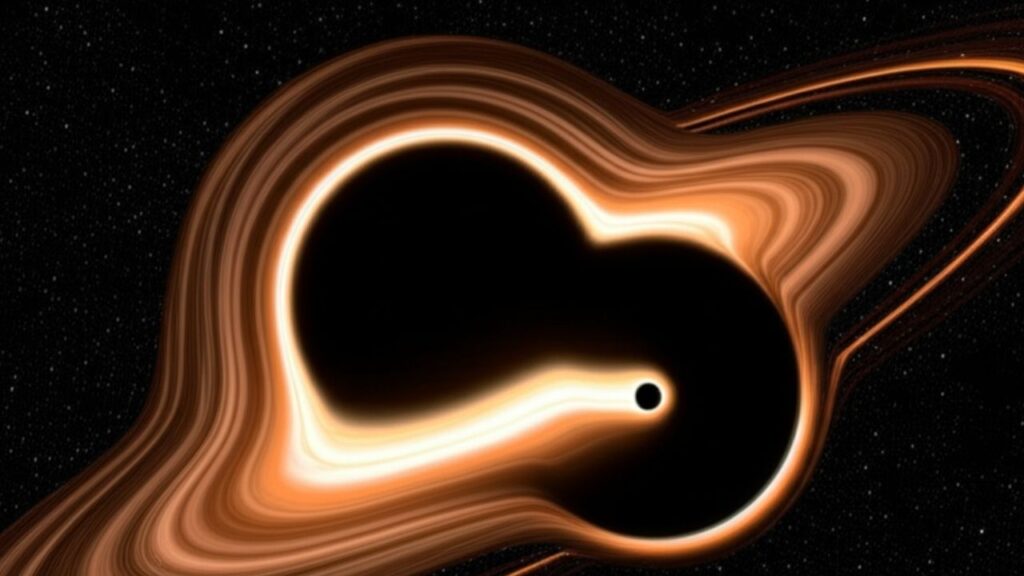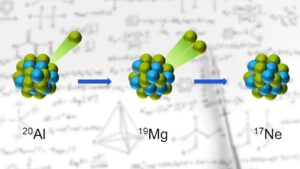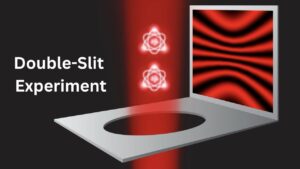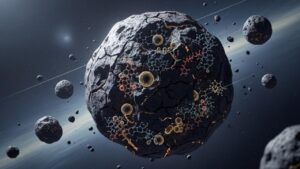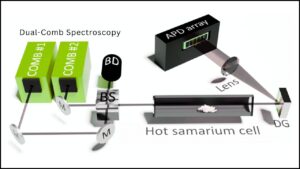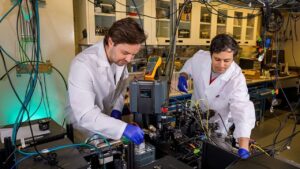The Universe’s first stars did not emerge peacefully but were born in a wildly turbulent and chaotic environment. Advanced supercomputer simulations led by international research teams have revolutionized our understanding of how these earliest stars—called Population III stars—formed just hundreds of millions of years after the Big Bang. Rather than forming in calm, pristine clouds, the primordial gas was clumpy and roiled by supersonic turbulence, creating shock waves and chaotic flows that fragmented gas clouds into star-forming clusters.
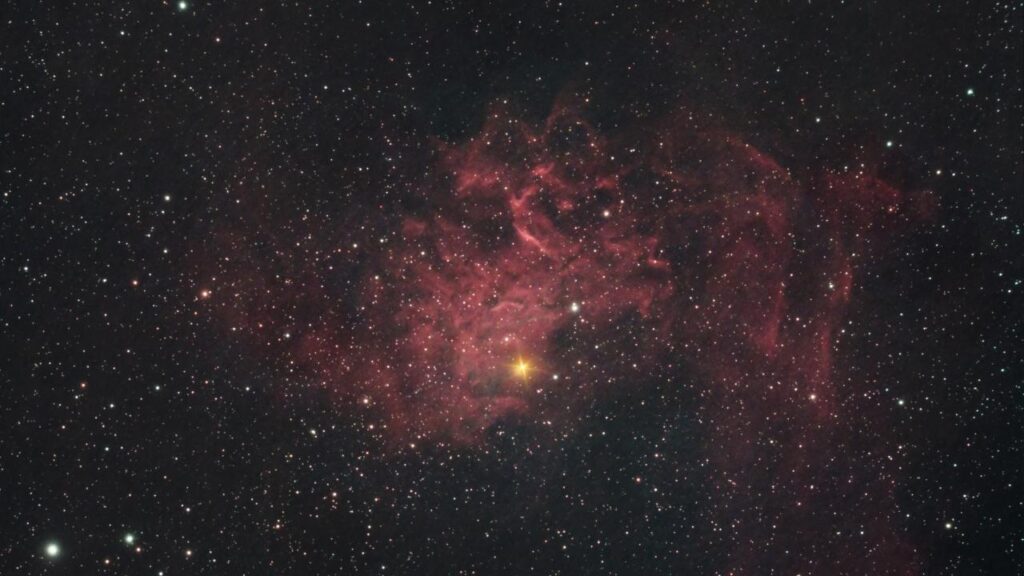
This breakthrough sheds light on the cosmic dawn, the crucial era when the Universe transitioned from dark and simple into light and complex, laying the foundational elements necessary for galaxies, planets, and eventually life. By combining cutting-edge simulations with observations from telescopes like the James Webb Space Telescope (JWST), scientists have gained a vivid glimpse into this turbulent birth of stars and their lasting impact on cosmic evolution.
Table of Contents
Simulations Reveal Universe’s First Stars Were Born in Chaos
| Highlight | Detail |
|---|---|
| Formation Era | About 13 billion years ago, roughly 100 to 300 million years after the Big Bang |
| Early Universe Composition | Mainly hydrogen and helium; heavier elements formed later inside stars |
| Population III Stars | Smaller and more numerous than previously assumed, born in supersonic turbulent clouds |
| Impact of Turbulence | Fragmented gas clouds into star clusters, shaping star masses and formation rates |
| Supercomputing Power | 40 million processor hours used for detailed simulations of early star and galaxy formation |
| Observations | JWST and “galactic archaeology” of ancient stars aid model validation |
| Future Prospects | Upcoming radio telescopes (e.g., Square Kilometre Array) to study hydrogen 21-cm signals |
Simulations have transformed our view of the Universe’s first stars from solitary giants peacefully lighting up the dark cosmos into a chaotic dance of supersonic turbulence and clumpy gas clouds. This turbulent birth environment produced more numerous, less massive stars than previously thought and profoundly influenced cosmic evolution by shaping elemental creation and galaxy formation.
With ongoing research and advancements in telescopes and computing power, the murky beginnings of the cosmic dawn are coming into sharper focus. Understanding the first stars not only illuminates our cosmic history but also our very origins in this vast and ancient Universe.
For detailed research updates, visit the University of Bath’s official research page.
The Cosmic Dawn: How the First Stars Came to Be
The Universe’s Early Years — A Dark and Simple Beginning
After the Big Bang approximately 13.8 billion years ago, the Universe was a hot, dense mix dominated by hydrogen and helium gas. For roughly the first 100–300 million years, space lay in darkness — no stars, no galaxies, just expanding, cooling gas. Understanding how the first stars ignited in this quiet and homogeneous environment has puzzled astronomers for decades.
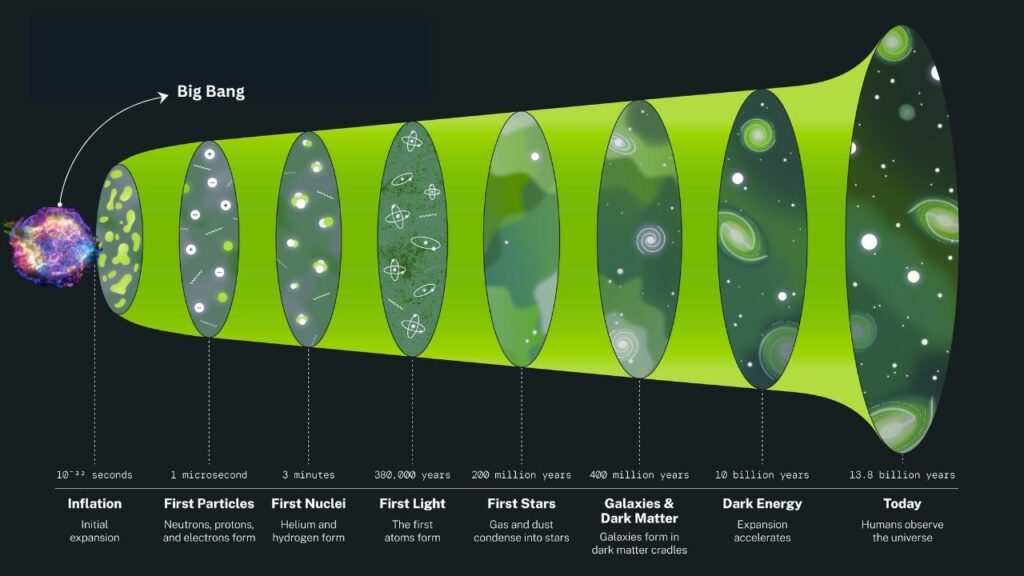
Discovery: Turbulence, Not Calm, Fueled Star Birth
Recent high-resolution simulations using state-of-the-art supercomputers have fundamentally changed this view. Contrary to former beliefs that the first stars formed gently and in isolation, these new models reveal the Universe’s earliest gas clouds were riddled with supersonic turbulence—gas moving faster than the speed of sound within those clouds.
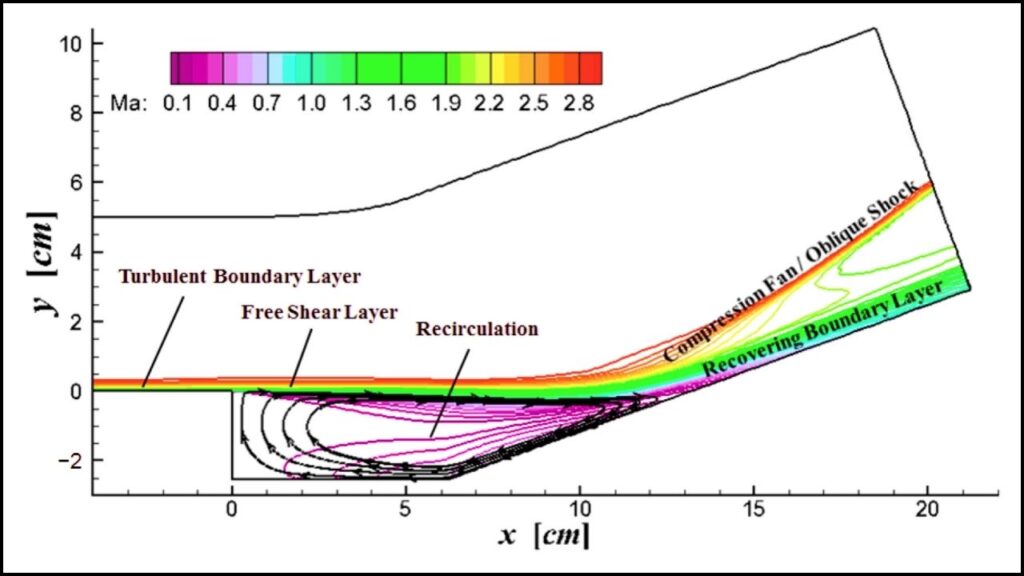
This chaotic motion created shock waves that broke the gas into clumps and pockets that collapsed individually to form stars.
The result was a much more complex and dynamic environment where star clusters, not solitary giants, emerged. This turbulence-driven fragmentation influenced the number, size, and mass distribution of these first stars, making them more numerous but generally less massive than previous assumptions suggested.
Why Turbulence Is a Game-Changer
Turbulence influences the initial mass function (IMF)—the distribution of star masses at birth. Supersonic turbulent flows promote fragmentation, leading to many smaller stars alongside some larger ones.
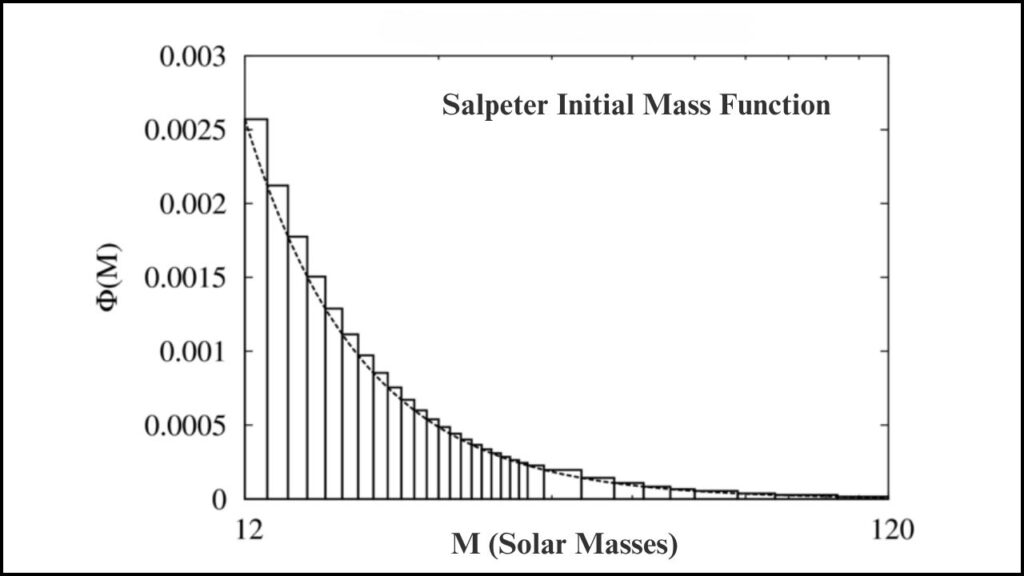
This contrasts with older models that predicted just a few very massive stars dominating the early Universe.
This shift helps resolve a long-standing puzzle: the observed oldest stars in our galaxy lack expected heavy elements that would have resulted if first stars were all enormous and exploded as supernovae. Instead, a chaotic formation environment favored stars less likely to explode in such dramatic ways, leaving behind a subtler chemical footprint.
From Simulations to Understanding: A Step-by-Step Guide
Step 1: Modeling Primal Star Formation
Teams led by the University of Bath and collaborators used an enormous 40 million processor hours on national supercomputers to simulate how hydrogen and helium gas in early minihalos collapsed under gravity while being stirred by supersonic turbulence. These models captured:
- The shock waves formed by chaotic gas motion
- The fragmentation of gas into dense clumps
- Star cluster formation processes rather than isolated stars
- Feedback from protostars (such as jets), regulating further star births
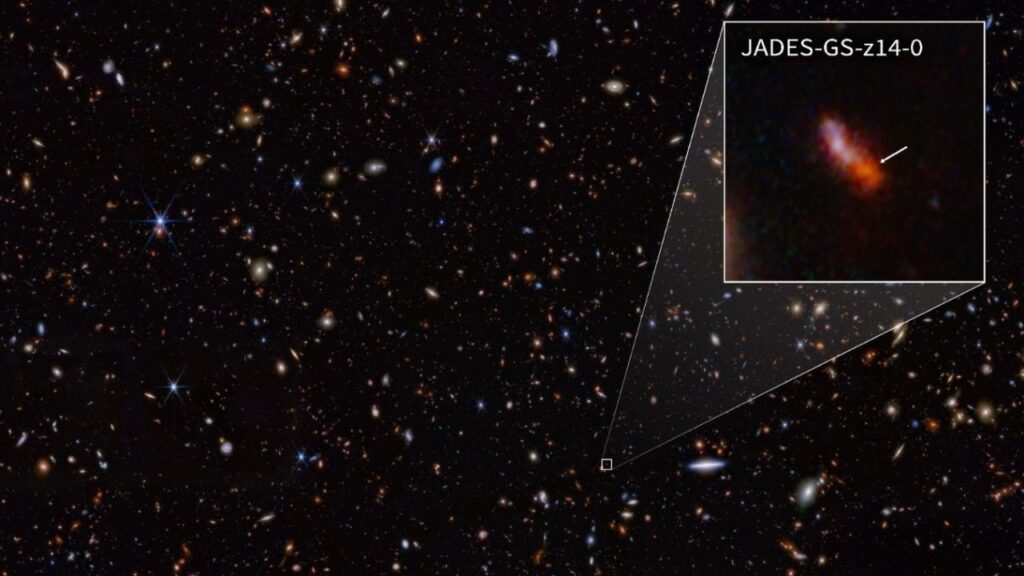
Step 2: Linking Models with Observations
Observations from the James Webb Space Telescope provide direct glimpses of early galaxies, while the study of ancient, metal-poor stars in our Milky Way serves as fossil evidence—galactic archaeology—that validates simulation predictions. This synergy tightens our understanding of star formation rates, stellar masses, and early cosmic chemical enrichment.
Step 3: Predicting Future Observations
Next-generation radio telescopes like the Square Kilometre Array will explore the Universe’s first stars by detecting faint signals at the 21-centimeter wavelength emitted by neutral hydrogen gas. Patterns in this radiation carry unique imprints of early star formation, offering ways to reveal the mass distribution and environments of Population III stars.
Why the First Stars Matter to Us
- Creation of Heavy Elements: These earliest stars forged the first elements heavier than helium (carbon, oxygen, iron), essential for planets, life, and complex chemistry.
- Cosmic Reionization: Their intense radiation ended the cosmic “dark ages,” reionizing the Universe’s gas and clearing the way for galaxy formation.
- Galactic Foundations: Clusters of primordial stars seeded the growth of galaxies, setting the stage for the Universe’s rich large-scale structure.
- Clues to Our Origins: Understanding these stars helps uncover the cosmic timeline, showing how elemental building blocks necessary for life reached our corner of the cosmos.
A Detailed Breakdown: What You Should Know About the First Stars
Population III Stars: The Originals
- Formed from metal-free gas made only of hydrogen and helium
- Emerged approximately 100–300 million years after the Big Bang
- Their properties differ dramatically from later stars rich in heavier elements
- Played a key role in subsequent cosmic evolution and chemical enrichment
The Role of Supersonic Turbulence
- Early gas clouds were embedded in dark matter minihalos with masses around 10 million times the Sun’s
- Turbulent motions exceeding the speed of sound broke these clouds into smaller dense regions
- This fragmentation set the stellar mass spectrum and star formation rate
Star Formation Efficiency and Feedback
- Star formation efficiency (SFE) is the fraction of gas turned into stars
- Feedback from protostellar jets, radiation, and stellar winds influenced gas cloud dynamics
- Chemical enrichment from early stars affected subsequent star births and galaxy growth
Observing the Early Universe’s First Stars
- JWST uncovers distant, young galaxies from the cosmic dawn
- Metal-poor halo stars in the Milky Way reveal chemical clues of early nucleosynthesis
- Radio arrays will detect large-scale hydrogen signatures, mapping star masses and cosmic heating during this epoch
Newborn Star Triggers Explosion, Then Gets Trapped in Its Own Cosmic Blast
Life Could Thrive Under Ice Thanks to Cosmic Rays, Scientists Say
New Supernova and Cosmic Survey Data Reveal: Dark Energy May Not Be Constant
FAQs About Simulations Reveal Universe’s First Stars Were Born in Chaos
Q1: Why are the first stars called Population III?
They are the earliest generation formed from pristine hydrogen and helium gas, without heavier elements (metals), differing from later Population I and II stars rich in metals.
Q2: How do simulations help in studying the first stars?
Because these stars formed so long ago and are too faint to observe directly, simulations model the physics of gas collapse, turbulence, and star formation to infer their properties.
Q3: What does supersonic turbulence mean?
It describes chaotic gas motions faster than sound speed within gas clouds, causing shocks, fragmentation, and complex structures that seed star clusters.
Q4: Can we directly see the first stars?
Direct detection is very challenging, but JWST and future radio telescopes can detect indirect signals such as primitive galaxies and hydrogen radio waves linked to early stars.
Q5: Why is understanding the initial mass function (IMF) important?
IMF predicts the relative number of small versus massive stars forming, influencing how galaxies evolve chemically and dynamically over time.
